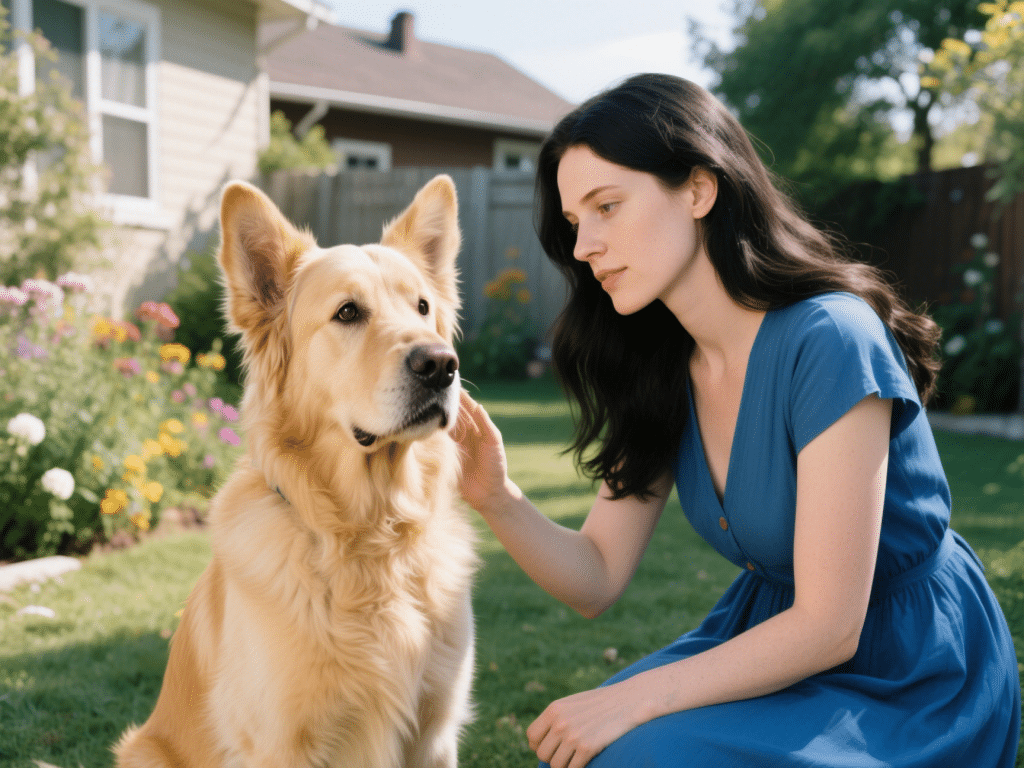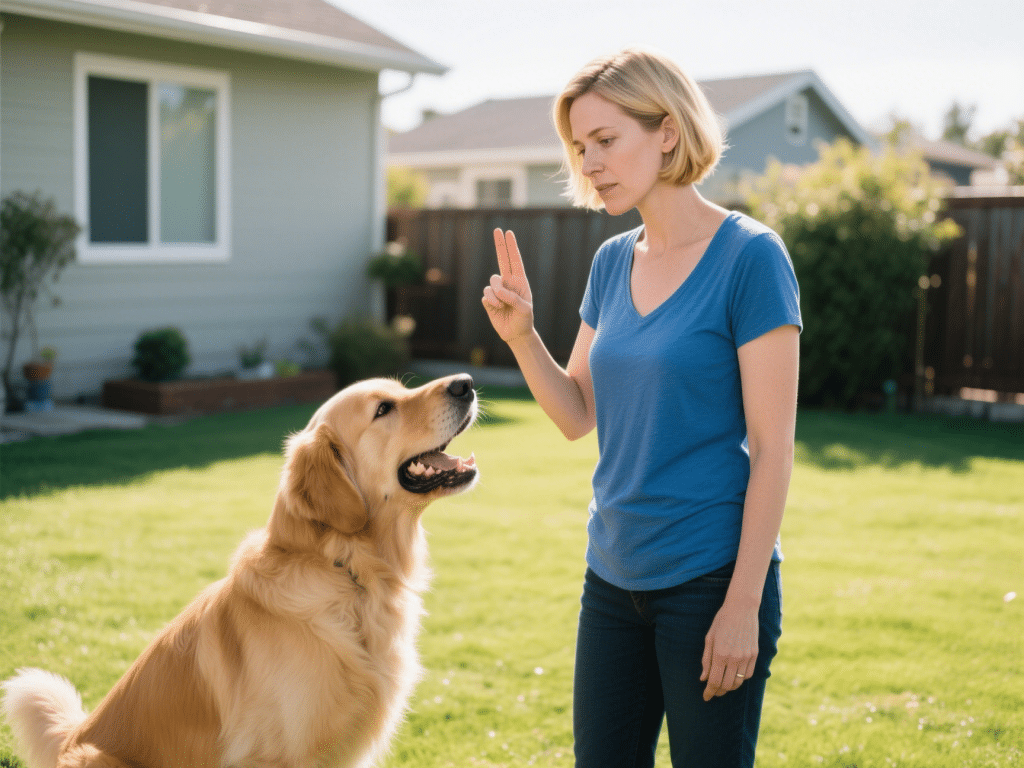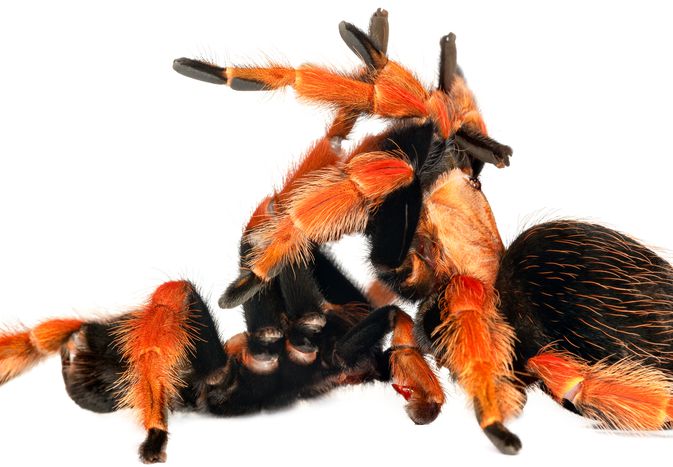The Importance of Socializing Your Pet: Best Practices for Puppies and Kittens
Why Socialization Matters for Young Pets
Proper socialization during the critical developmental window (3-14 weeks for puppies, 2-7 weeks for kittens) builds neurological pathways that shape lifelong behavior. Well-socialized pets exhibit:
42% lower aggression toward strangers (AVMA Journal)
67% reduced fear responses to novel stimuli
Enhanced adaptability to veterinary visits/grooming
Stronger resilience during environmental changes
Evidence-Based Socialization Techniques
Structured Exposure Protocol
Progressive Introductions: Start with 1-2 calm people/pets, gradually increase complexity
Positive Reinforcement: Treats/praise during new experiences (car rides, surfaces, sounds)
Sensory Training: Play recorded city sounds at low volume, increase incrementally
Species-Specific Approaches
| Puppies | Kittens | |
|---|---|---|
| Ideal Start Age | 7-8 weeks | 4-5 weeks |
| Key Environments | Sidewalks, pet stores | Carriers, household appliances |
| Critical Exposures | Leash pressure, handling paws | Grooming tools, carrier confinement |
Avoid These Common Errors
Flooding (overwhelming with stimuli)
Forcing interactions with fearful animals
Neglecting negative experience reversal
Missing weekly “maintenance” sessions post-16 weeks
Maintenance & Problem-Solving
Implement “socialization boosters” every 3 weeks until 6 months:
Rotate walking routes
Introduce novel objects (umbrellas, hats)
Practice cooperative care handling
For fear responses:
Immediately create distance
Reassociate trigger with high-value treats
Consult certified behaviorist if avoidance persists
Long-Term Benefits
Consistent socialization reduces behavioral euthanasia risks by 31% (ASPCA). Adult pets maintain:
Calmness during vet exams
Appropriate dog/cat introductions
Tolerance to children and unfamiliar objects
Investing 15 minutes daily in structured socialization during critical periods creates emotionally resilient companions, ultimately strengthening the human-animal bond for years to come.
RECOMMENDED NEWS

How to Detect and Treat Ear Infections in Dogs Early
IntroductionEar infections (otitis externa) are common in dogs, especially those with flop...

Understanding Canine Separation Anxiety: Creating a Safe Space
IntroductionSeparation anxiety affects many dogs, causing distress when left alone. Sympto...

Strategies for Cleaning Your Pet’s Ears Safely at Home
IntroductionRegular ear cleaning is vital for preventing infections, wax buildup, and disc...

Decoding Dog Behavior: Master Your Pet’s Body Language Signals
Decoding Dog Behavior: Understanding Your Pet’s Body LanguageEffective communication wit...

How to Deal with Pet Excessive Barking: Solutions and Techniques
How to Deal with Pet Excessive Barking: Solutions and TechniquesExcessive barking is a com...

How Do Tarantulas Mate?
There are around 850 different species of tarantulas, and several of them have found thei...
Comments on "The Importance of Socializing Your Pet: Best Practices for Puppies and Kittens" :